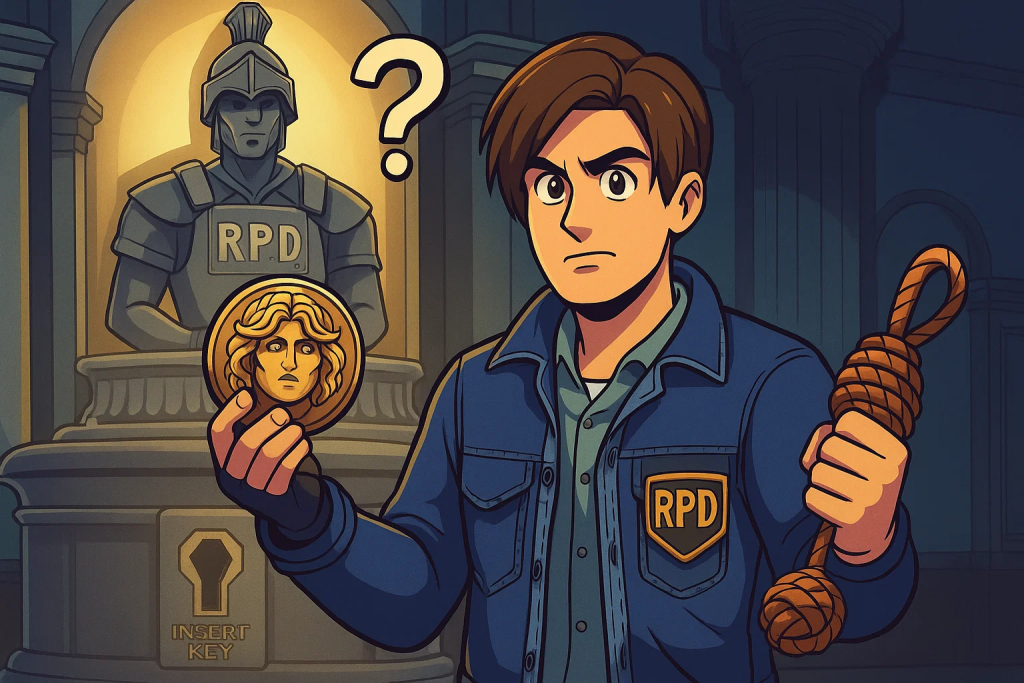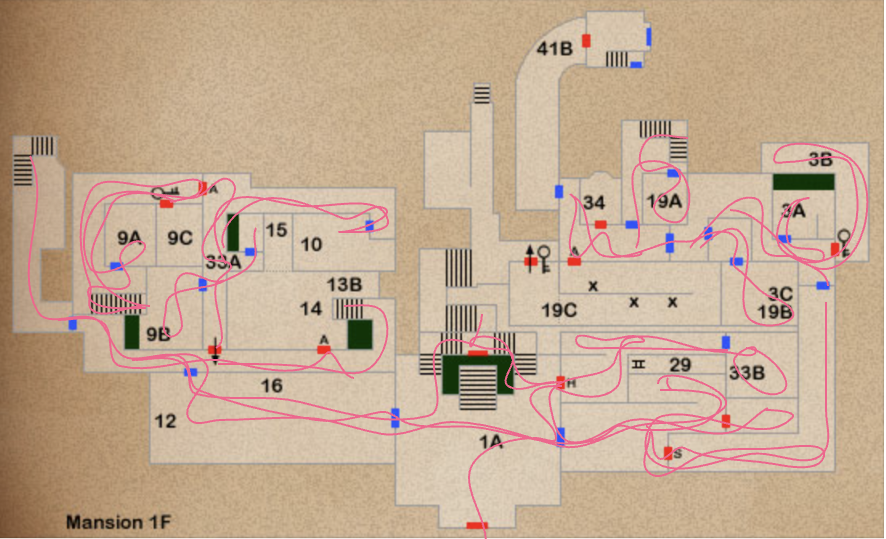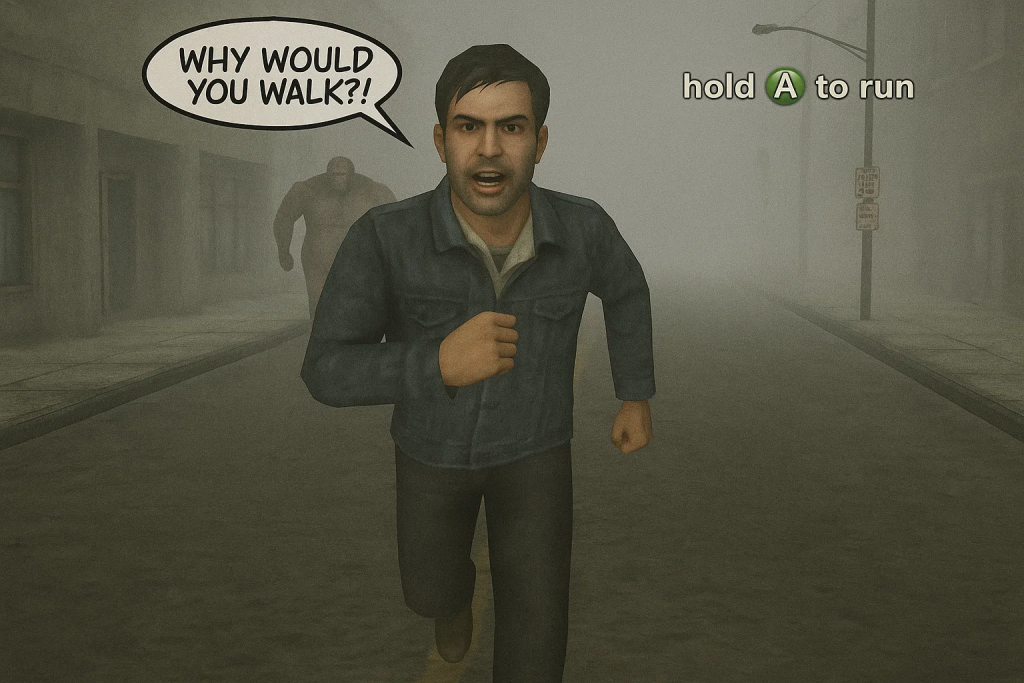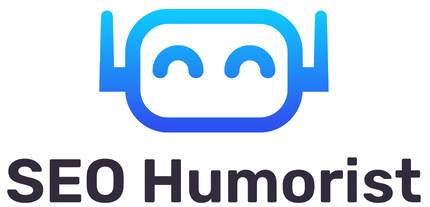I love horror. In part because when a horror movie ends — vs almost any other type of movie — it shifts my view of the world a bit. It may be that I look at those shadows in the distance differently or I find myself distinctly more aware of when it’s real quiet; and — maybe most importantly — I gotta confront some inner demons:
- What would I like to believe I’d do
- What would I’d actually do.
With that in mind, my two favorite types of horror are inverses of each other. Stories where either:
- The best and most qualified people are facing something they are not prepared for:
- Examples: Predator, Aliens, Tremors, 1408, The Conjuring, The Thing
- Ordinary people thrown into extraordinary danger (bonus points if the most qualified and presumed hero character is incapacitated):
- Examples: Prey, Jaws, Deliverance, The Descent, Evil Dead, pretty much any zombie movie, Alien, & Aliens (again)
With regards to video games, Resident Evil does both; in no small part, due to New Game+.
What does Resident Evil Have to Do with AI & SEO

When you play a Survival Horror game, there’s two experiences:
- your first playthrough (Discovery)
& - your second playthrough (Optimized)
And make no mistake, I love both, but in a marketing agency with client demands and revenue goals, you need to expedite Discovery.
Continuing with the metaphor, one element that defines the best survival horror experiences is backtracking and resource management. If you’ve ever played one of these games, you know the drill. You’re unceremoniously plopped into a dilapidated mansion, a derelict police station, or even a bayou trailer park.
Seriously, who designs these places? It’s like a love child of Rube Goldberg and Jigsaw.
Some doors require a specific key; others collapse behind you; and still others won’t open until you’ve picked up a six-pack of orange juice, pulled the cans from the plastic netting to form a makeshift doohickey that somehow perfectly fits into a 3D model scaled model of Giovanni Versace’s private residence, and once placed, activates a pressure plate to produce an entrance to an underground laboratory.
It’s great.
Your first time playing one of these survival horror gems involves an almost comical amount of backtracking. You don’t know which doors will open, when a surprise enemy will burst around the corner, or whether you should conserve precious resources or clear inventory space for new items. Your initial playthrough might look something like this:

But, let’s talk about your second playthrough; your New Game+. It’s a masterclass in efficiency, looking much more like this:

As an added bonus, many of these games enable you to carry over your resources into New Game+, transforming you from this ordinary schmo to a veritable Terminator 2 Sarah Connor.
There is a fun that comes from a 1st playthrough; from the discovery and surprises. But there’s a different kind of fun in the second playthrough: the smoother, optimized run where you can sort of role-play as the elite government agent the game wants you to be. You know what’s coming, so you can meticulously manage your resources and take the most direct routes.
Now, that’s with a survival horror video game, but the same logic applies to using AI in SEO.
Using AI, SEOs Can Start on New Game+
Look, I like Discovery, but working in an agency, there’s not always time, for the same reason as with survival horror. Resources — instead of health kits — become hours and you may not want to risk wasting resources when you don’t know what’s next.
One of the ways I use AI is I will export a basic content gap and I have a Google Collab script that will semantically group these keywords into topical categories. It’ll then look at these 4 competitors’ Share of Voice (SoV) across the topics and I set the threshold for what I’d consider high, medium and low priority; for instance, high priority might be areas where 1 or more competitors own more than 50% SoV and my site owns less than 30%.

The final output is two-fold:
- A Gsheet with the full keyword list and their adjacent category.
- A Gsheet summary of just the categories, site SoV and priority.
It takes something that previously took me 10-12 hours and does it in 20 minutes (yes, really — I’ve been meticulously time-tracking for 9 years). Now, instead of being mentally drained from data aggregation, I immediately can pinpoint where to begin my analysis.
It’s my job — the human SEO — to investigate those individual categories to validate if they’re high priorities and what optimizations we can implement. In other words, the analysis.
AI Makes Our Work Consistent
And this doesn’t kill discovery, it’s just relegated to new initiatives instead of retreading what’s been done over and over again. Heck, I’m not burnt out by the time I reach the analysis phase because I forgot to add a regex in there; double-heck, I’m not annoyed if someone requests I add another competitor or batch of keywords into the mix. AI rapidly makes our work MORE consistent and scalable.
Use AI for discovery; humans for strategy. Let AI check and backtrack through the SERP landscape to identify patterns — AI excels at identifying patterns. Then, you, the human (SEO), can focus on the analysis and strategy.
Let each component do what it does best.



